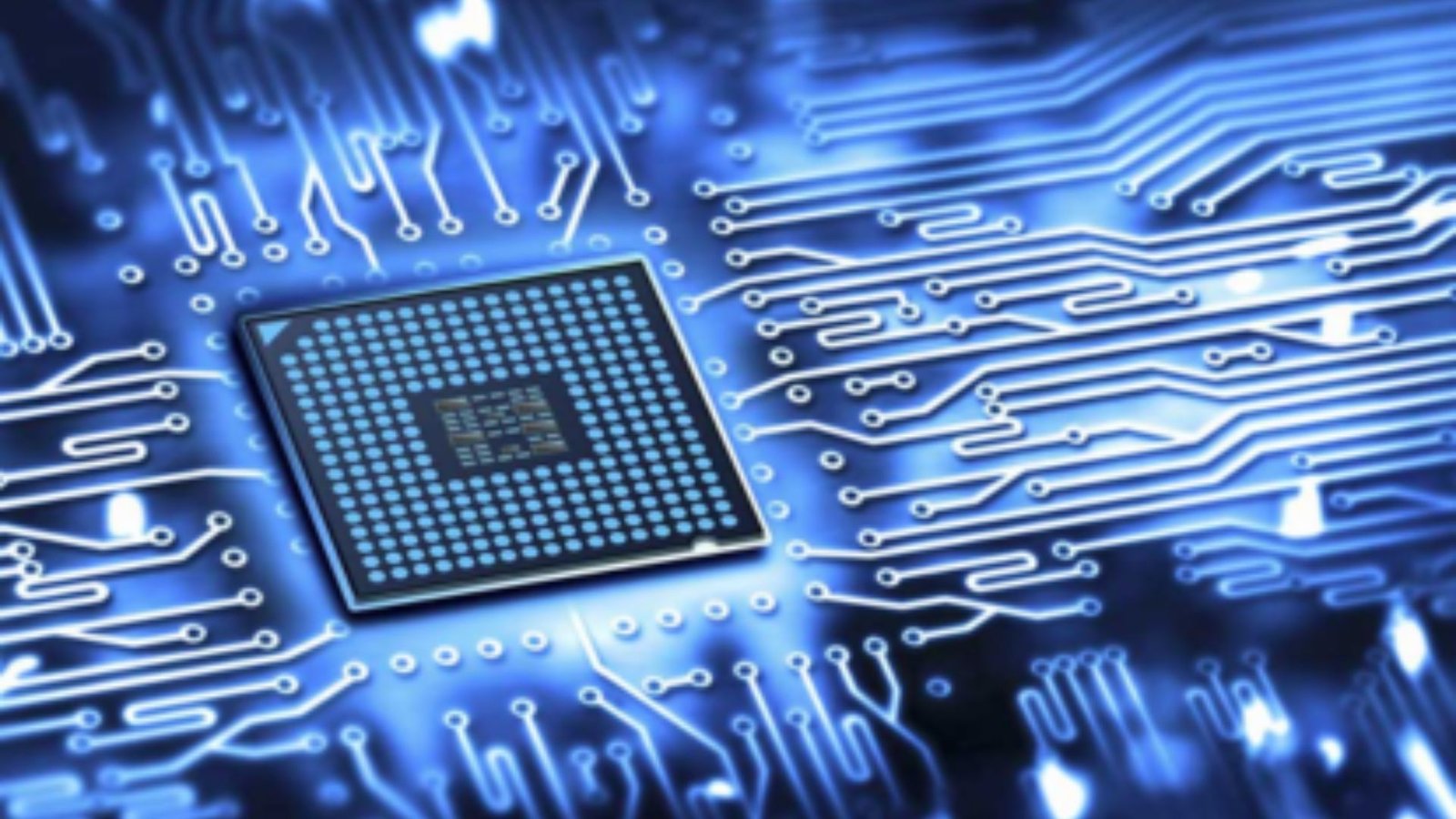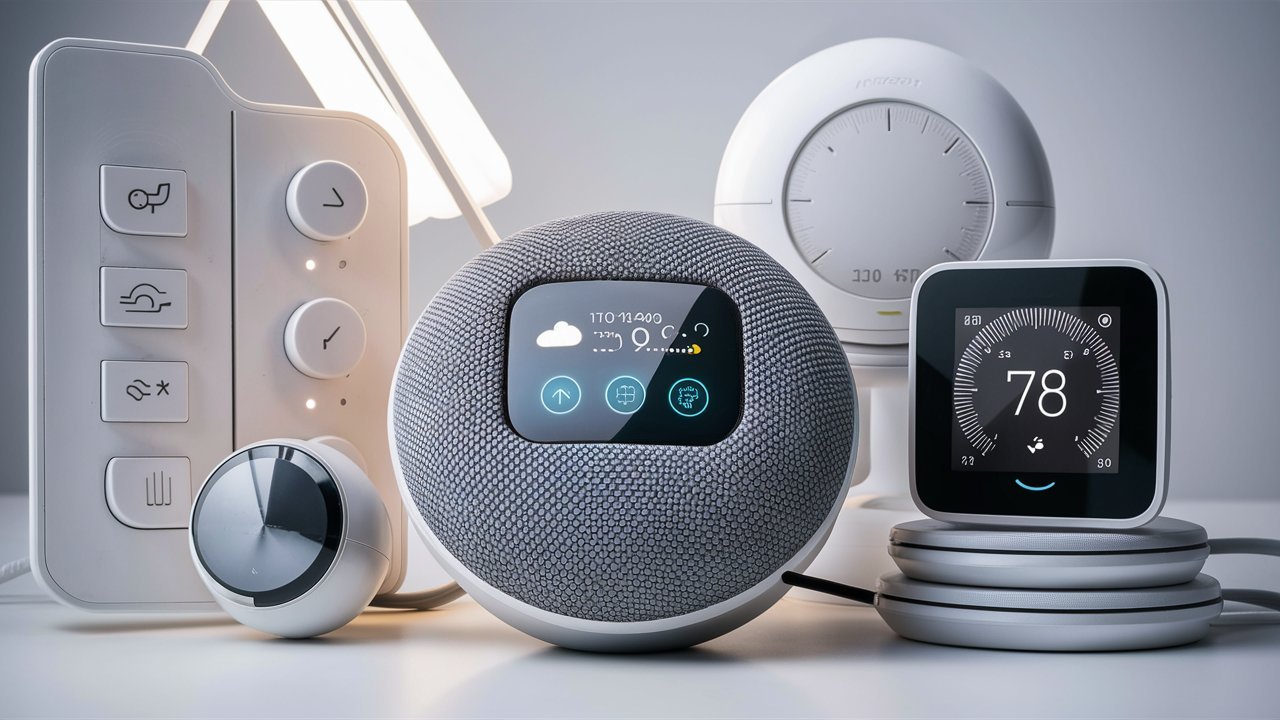
The world of electronics is constantly evolving, with new advancements emerging every year. As we move forward into the next decade, future electronic innovations are expected to transform the way we live, work, and interact with technology. From Artificial Intelligence (AI) to wearable gadgets, the future holds exciting possibilities. In this article, we’ll explore the top future electronics innovations you should know about, which promise to revolutionize various industries and enhance daily life.
1. AI-Powered Smart Devices: The Rise of Intelligence
Artificial Intelligence (AI) is one of the most significant future electronic innovations. AI has already made its mark in various devices like smartphones, laptops, and smart speakers. We can expect even more intelligent devices that adapt to our needs and make everyday tasks more efficient.
- Smart Homes: AI-powered smart devices will play a key role in creating fully automated homes. These devices will learn your habits, and adjust lighting, temperature, and even security systems without you needing to lift a finger.
- Personal Assistants: Virtual assistants like Siri, Alexa, and Google Assistant will become more intuitive, understanding complex commands and anticipating your needs with greater accuracy.
These AI innovations will make our daily lives easier, smarter, and more efficient than ever before.
2. 5G Technology: Lightning-Fast Internet Speeds
As one of the most anticipated future electronics innovations, 5G technology will transform internet speeds and connectivity. 5G promises lightning-fast internet with low latency, making it ideal for streaming, gaming, and smart device communication.
- Faster Internet Speeds: With 5G, you’ll experience internet speeds up to 100 times faster than 4G, which means downloading large files, streaming HD videos, and playing high-quality games with virtually no lag.
- Connected Devices: 5G will enable seamless communication between devices, such as smart refrigerators, wearables, and connected cars. This will allow for more efficient and integrated technology ecosystems.
With 5G, we can expect a new level of connectivity that will power future electronics and smart devices.
3. Foldable and Flexible Screens: New Design Possibilities
Foldable and flexible screen technology is set to revolutionize the design of electronic devices. In 2025 and beyond, these screens will become more common in smartphones, tablets, laptops, and even TVs.
- Foldable Smartphones: Companies like Samsung and Huawei have already released foldable smartphones, and in the future, these devices will become more affordable and feature improved designs, offering users the flexibility of a large screen in a compact form.
- Flexible Displays: Flexible screens will allow for innovative product designs. Imagine wrapping a screen around your wrist like a smartwatch or unfolding it into a larger display when needed.
Foldable and flexible screens are some of the most exciting future electronics innovations, bringing new possibilities for portability and functionality.
4. Quantum Computing: Supercharged Processing Power
Quantum computing is a breakthrough in electronics that could change the way we approach complex problems. Unlike traditional computers, which use binary bits to process data, quantum computers use quantum bits (qubits), enabling them to perform calculations at speeds far beyond the capabilities of today’s computers.
- Problem Solving: Quantum computers will have the power to solve problems that are currently impossible for classical computers. This includes everything from improving artificial intelligence to simulating chemical reactions for drug development.
- Speed and Efficiency: With quantum computing, tasks like data encryption, financial modeling, and climate predictions will be processed more efficiently and accurately.
5. Wearable Electronics: The Future of Health and Fitness
Wearable electronics are rapidly evolving and are poised to become a significant part of the future. These devices will not only track your steps and heart rate but will also monitor a range of health metrics and provide real-time feedback.
- Smart Glasses: Companies like Google and Apple are working on smart glasses that will display information directly in your line of sight, offering hands-free navigation, notifications, and augmented reality (AR) experiences.
- Health Monitoring: Future wearables will provide more advanced health insights, such as tracking blood sugar levels, sleep patterns, and stress levels. These devices will act as personal health assistants, helping you maintain a healthier lifestyle.
- Seamless Integration: As wearable technology improves, we can expect seamless integration with other smart devices like smartphones and smart homes, making it easier to track and manage various aspects of our lives.
Wearables are definitely among the most exciting future electronics innovations, offering endless potential for personal health management and convenience.
6. Autonomous Vehicles: The Future of Transportation
Autonomous vehicles (AVs) are set to revolutionize the transportation industry. With advanced sensors, AI, and machine learning, AVs will be able to navigate without human input, offering safer, more efficient travel options.
- Self-Driving Cars: Companies like Tesla, Waymo, and others are already testing self-driving cars, and in the future, these vehicles will become more mainstream, reducing human error and improving traffic flow.
- Smart Traffic Systems: Autonomous vehicles will work alongside smart traffic systems, optimizing routes and reducing congestion on the roads.
As future electronics innovations continue to evolve, autonomous vehicles will transform how we travel, making transportation safer and more efficient.
7. Augmented and Virtual Reality: A New Way to Experience the World
Augmented reality (AR) and virtual reality (VR) are gaining traction, with applications in gaming, education, healthcare, and entertainment. These technologies allow users to interact with digital content in new and immersive ways.
- AR: With AR, you can overlay digital content onto the real world. For example, AR glasses will allow you to see directions, notifications, or shopping details directly in your field of vision, without needing to look at a phone screen.
- VR: VR will transport users into fully immersive environments, creating new ways to experience entertainment, training, and remote work.
Both AR and VR are key future electronic innovations that will have a significant impact on gaming, entertainment, and how we interact with the digital world.
8. Smart Fabrics: Revolutionizing Wearable Tech
Smart fabrics, also known as e-textiles, are another exciting future electronics innovation. These fabrics can be integrated with sensors and electronics, offering a wide range of applications in health, fitness, and fashion.
- Health Monitoring: Smart fabrics could be used to monitor vital signs like heart rate, blood pressure, and body temperature in real-time. These fabrics would be comfortable, lightweight, and non-intrusive, making them ideal for wearables.
- Fashion and Functionality: In the future, we may see clothing that changes color, adjusts the temperature, or even powers devices through solar energy embedded in the fabric.
Conclusion
The future electronic innovations we’re seeing today will change the way we live, work, and play. From AI-powered devices and wearable tech to quantum computing and autonomous vehicles, these technologies will shape the world of tomorrow. As these innovations continue to develop, we can look forward to a future where our electronics are smarter, more efficient, and seamlessly integrated into our daily lives.











